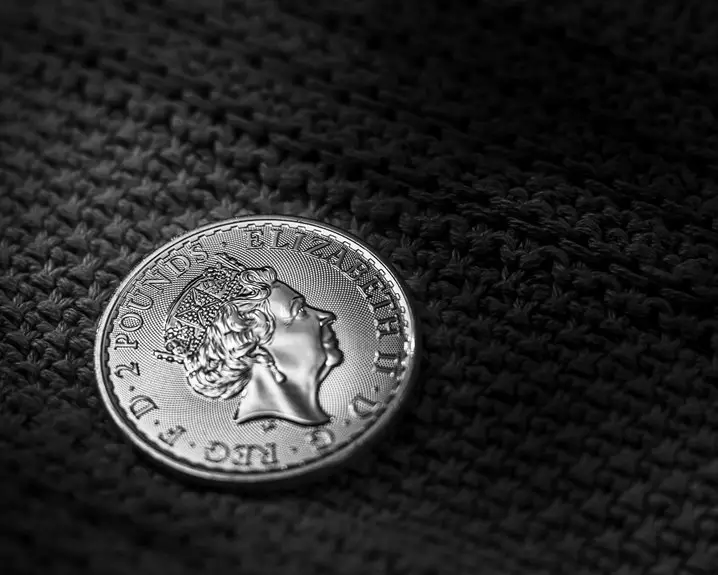If you’re looking for cost-effective Kevlar alternatives, consider nylon or polyester blends—they offer decent strength and abrasion resistance without the high price. Twaron and Technora provide similar durability and heat resistance but usually cost more. Ultra-high-molecular-weight polyethylene (UHMWPE) is lightweight and strong but less heat-tolerant. Natural fiber composites are eco-friendly and affordable but best for lighter protection. To make the right choice, understanding each material’s performance and cost differences is key.
Table of Contents
Key Takeaways
- Nylon and polyester blends offer a budget-friendly alternative with moderate strength and good abrasion resistance suitable for everyday protective gear.
- Twaron provides high tensile strength and thermal stability, making it a durable but slightly more expensive Kevlar substitute.
- Technora excels in flexibility and fatigue resistance, ideal for lightweight applications but may cost more than Kevlar.
- UHMWPE fabrics rival Kevlar’s strength and offer excellent moisture and chemical resistance, though they have lower heat tolerance.
- Natural fiber composites like hemp and flax are eco-friendly, cost-effective options for less extreme protective needs with decent impact absorption.
Understanding the Key Properties of Kevlar Fabric
Although you might already know Kevlar is famous for its strength, understanding its key properties will help you see why it’s so widely used in protective gear and industrial applications.
Kevlar is a synthetic aramid fiber known for its exceptional tensile strength-to-weight ratio—it’s five times stronger than steel on an equal weight basis. You’ll appreciate its high resistance to impact, heat, and abrasion, making it ideal for bulletproof vests, helmets, and industrial gloves.
Kevlar’s strength, heat resistance, and durability make it essential for protective gear like vests and helmets.
Kevlar also resists chemical degradation and doesn’t melt; instead, it decomposes at extremely high temperatures. Its lightweight nature guarantees comfort without compromising protection.
When you need durability combined with flexibility, Kevlar stands out. These properties make it a reliable choice where safety and performance are critical, explaining its dominance in various demanding fields.
Aramid Fiber Alternatives: Twaron and Technora
When you’re exploring alternatives to Kevlar, Twaron and Technora stand out as two popular aramid fibers that offer similar strength and durability.
Twaron is known for its excellent tensile strength and resistance to heat, chemicals, and abrasion, making it a reliable choice for protective gear and composites.
Technora, on the other hand, provides superior fatigue resistance and flexibility, which benefits applications requiring lightweight yet tough materials.
Both fibers maintain high-performance standards but differ slightly in cost and processing methods.
If you need a material with great impact resistance and thermal stability, Twaron fits well.
For applications demanding flexibility without sacrificing strength, Technora is a strong contender.
Choosing between them depends on your specific needs, but either can serve as a cost-effective Kevlar substitute.
Ultra-High-Molecular-Weight Polyethylene (UHMWPE) Fabrics
Moving beyond aramid fibers like Twaron and Technora, Ultra-High-Molecular-Weight Polyethylene (UHMWPE) fabrics offer a different set of advantages for those seeking Kevlar alternatives.
You’ll find UHMWPE fabrics exceptionally lightweight yet incredibly strong, delivering high tensile strength that rivals Kevlar. They’re also highly resistant to moisture, chemicals, and UV exposure, making them durable in harsh environments.
If you’re prioritizing comfort, UHMWPE’s low density means your gear will be less bulky and easier to wear for extended periods. Plus, these fabrics have excellent energy absorption, which is essential for protective applications.
However, UHMWPE can be more expensive than some alternatives and has a lower melting point, so it’s less suited for high-temperature uses.
Still, its combination of strength and lightweight makes it a compelling Kevlar substitute.
Nylon and Polyester Blends as Budget-Friendly Options
If you’re looking for a cost-effective alternative to Kevlar, nylon and polyester blends provide a practical solution. These fabrics combine durability with affordability, making them popular for protective gear and everyday use. While they don’t match Kevlar’s extreme strength, their resistance to abrasion and flexibility make them suitable for many applications where budget constraints exist.
Here’s a quick comparison to help you see their benefits:
| Feature | Nylon/Polyester Blends |
|---|---|
| Cost | Low |
| Strength | Moderate |
| Abrasion Resistance | Good |
| Weight | Lightweight |
| Flexibility | High |
Choosing these blends means you get decent protection without breaking the bank.
Natural Fiber Composites in Protective Applications
While nylon and polyester blends offer a budget-friendly option, you might want to explore natural fiber composites for protective applications that prioritize sustainability without sacrificing performance.
Natural fibers like hemp, flax, and jute combine well with bio-based resins to create composites that are lightweight, strong, and eco-friendly. These materials absorb impact efficiently and provide good resistance to abrasion, making them suitable for certain protective gear.
Plus, natural fibers are renewable and biodegradable, reducing environmental impact compared to synthetic alternatives. You’ll appreciate their ability to be tailored for specific uses through layering and resin selection.
Although they may not yet match Kevlar’s ballistic resistance, natural fiber composites serve as a promising option for less extreme protective needs while supporting greener manufacturing practices.
Comparative Cost and Performance Analysis of Substitutes
Although Kevlar remains a benchmark for protective fabrics, you’ll find that alternative materials vary considerably in cost and performance.
For instance, ultra-high-molecular-weight polyethylene (UHMWPE) offers comparable strength but often comes at a lower price, making it appealing if you want durability on a budget.
Aramid blends might cut costs slightly but usually sacrifice some impact resistance.
Natural fiber composites, like flax or hemp, are the cheapest yet don’t match Kevlar’s ballistic protection, so they work best in less demanding roles.
When choosing, consider your specific needs: if you prioritize weight and flexibility, UHMWPE is your best bet; if cost dominates, natural fibers suffice.
Balancing price against protection guarantees you get the right fabric without overspending or compromising safety.
Frequently Asked Questions
How Is Kevlar Fabric Recycled or Disposed of Safely?
You can recycle Kevlar fabric by sending it to specialized facilities that handle aramid fibers. If disposal’s necessary, avoid burning it; instead, use designated textile recycling programs to minimize environmental impact and stay safe.
Can Kevlar Alternatives Be Dyed or Customized Easily?
You’d think dyeing these fabrics is like painting the sky, but some alternatives can be customized more easily than Kevlar. You’ll find varying dye affinity, so always test samples before committing to your creative vision.
What Are the Environmental Impacts of Producing Kevlar Substitutes?
You’ll find that producing Kevlar substitutes can vary environmentally; some use less energy and emit fewer pollutants, while others rely on synthetic chemicals that might harm ecosystems. Always check each material’s sustainability profile carefully.
Are There Any Health Risks Associated With Handling Kevlar Alternatives?
You might face skin irritation or respiratory issues when handling some materials, so always wear protective gear. Some alternatives release dust or fibers, so working in well-ventilated areas helps minimize health risks effectively.
How Do Kevlar Substitutes Perform in Extreme Weather Conditions?
In scorching heat or freezing cold, you’ll find Kevlar substitutes hold up well, resist moisture, and maintain flexibility. They perform reliably across extremes, though some may lose strength or stiffness compared to original Kevlar’s proven durability.
- Tetron Fabric for Marine Applications: Durability and Use Cases - June 18, 2025
- Tetron Fabric for Outdoor Furniture: Weather Resistance and Care - June 18, 2025
- Tetron Fabric for Wall Coverings: Style and Application Tips - June 18, 2025







